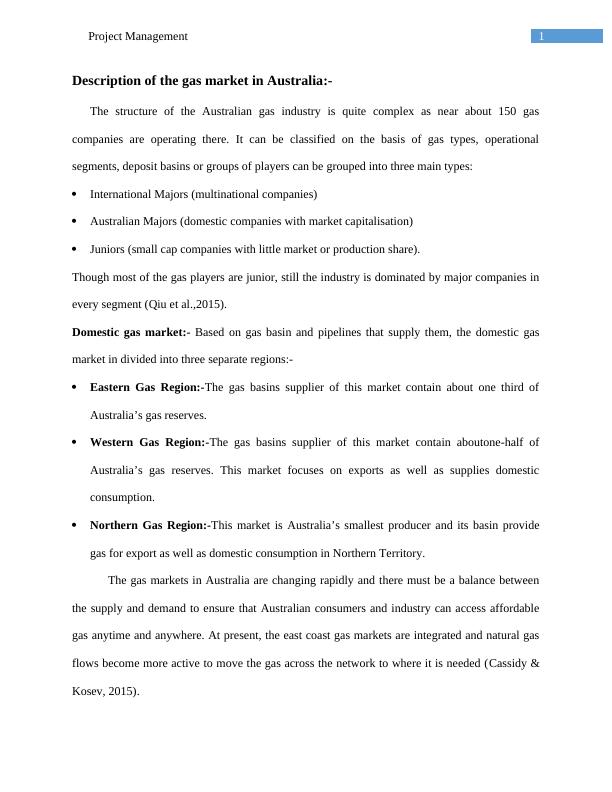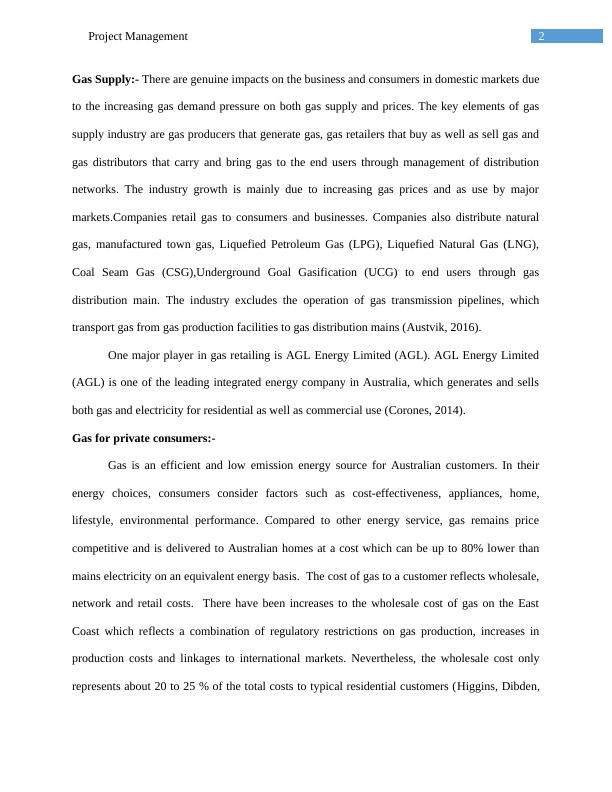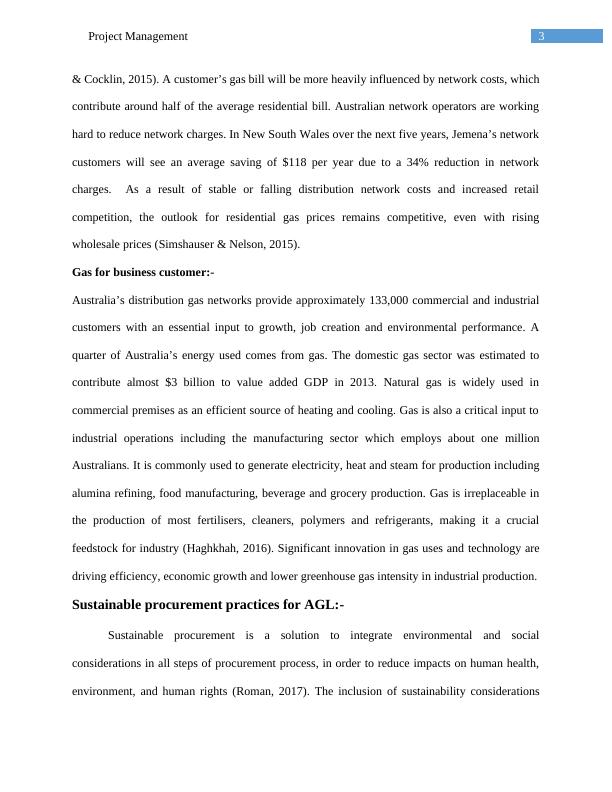Gas Market in Australia: Structure, Domestic Market, Supply, Players, and Sustainable Procurement Practices of AGL
A case study on AGL's sustainable procurement journey and their efforts to contribute to environmental sustainability and community development through their purchasing decisions.
11 Pages3043 Words139 Views
Added on 2023-06-09
About This Document
This article provides an overview of the gas market in Australia, including its structure, domestic market, supply, players, and sustainable procurement practices of AGL. It also discusses the impact of new technologies on end customers and gas producers, and provides insights into developing a project integration management plan emphasizing procurement.
Gas Market in Australia: Structure, Domestic Market, Supply, Players, and Sustainable Procurement Practices of AGL
A case study on AGL's sustainable procurement journey and their efforts to contribute to environmental sustainability and community development through their purchasing decisions.
Added on 2023-06-09
ShareRelated Documents
End of preview
Want to access all the pages? Upload your documents or become a member.
AGL’s Sustainable Procurement Journey: Future Trends and Impact of Latest Technologies on Gas Producers
|15
|3907
|364
Project Integration And Procurement Management
|15
|3089
|313
Project Integration and Procurement Management (Docs)
|13
|2759
|386
HI5003 - Economics for Business || Assignment
|8
|1297
|35
Research on Australian Gas Market
|9
|2256
|55
Business Economics Assignment 2022
|20
|5324
|32




